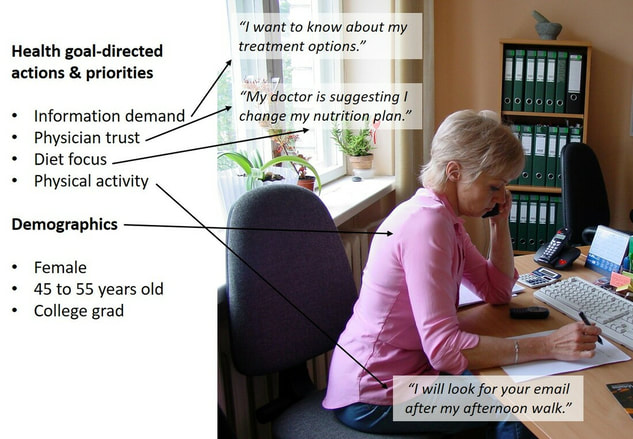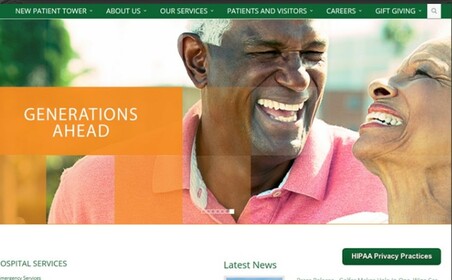Maximizing relevance for improved ad recall and increased preference
The relevance of health care advertising to customers depends on how strongly the ads speak to their health-related priorities.
Health care marketing communications and advertisements are most effective when they are highly relevant to the targeted customer based on affinity with customer health-related adaptive preferences, behaviors, and goal-directed actions.
Health care marketing communications and advertisements are most effective when they are highly relevant to the targeted customer based on affinity with customer health-related adaptive preferences, behaviors, and goal-directed actions.
Solution
|
PATH Marcomm Analysis is a service provided to licensed users of the Patterns of Adapting to Health (PATH). PATH Marcomm Analysis allows clients to determine how effectively a particular health care marketing communication or advertisement, whether executed via TV, radio, print, billboard, or on-line, is tailored to and targets the health-related beliefs, priorities, and goal-directed actions of adults based on their dominant PATH.
|
Approach

PATH Marcomm Analysis focuses on how "customers" are portrayed in health care marketing communications and what health-related goal-directed actions and beliefs they are shown emulating. Using a form of rule-based content analysis, PATH Marcomm Analysis examines a number of demographically-related and health-related behavior attributes to determine how well a planned or executed health-related marketing communication has affinity to the health-related priorities unique to adults dominated by each PATH. This feedback allows clients to further refine the tailoring of their marketing communications to maximize affinity with adults dominated by specific, high-value PATH.
Real-World Evidence
A client-based application of the PATH Engagement Protocols-Messaging & Media to optimize messaging elements for adults based on their dominant PATH generated a significant eight percentage point improvement in ad recall, and a highly significant twelve to nineteen percentage point improvement in positive perceptions of product/service use among those adults compared to the entire population.

